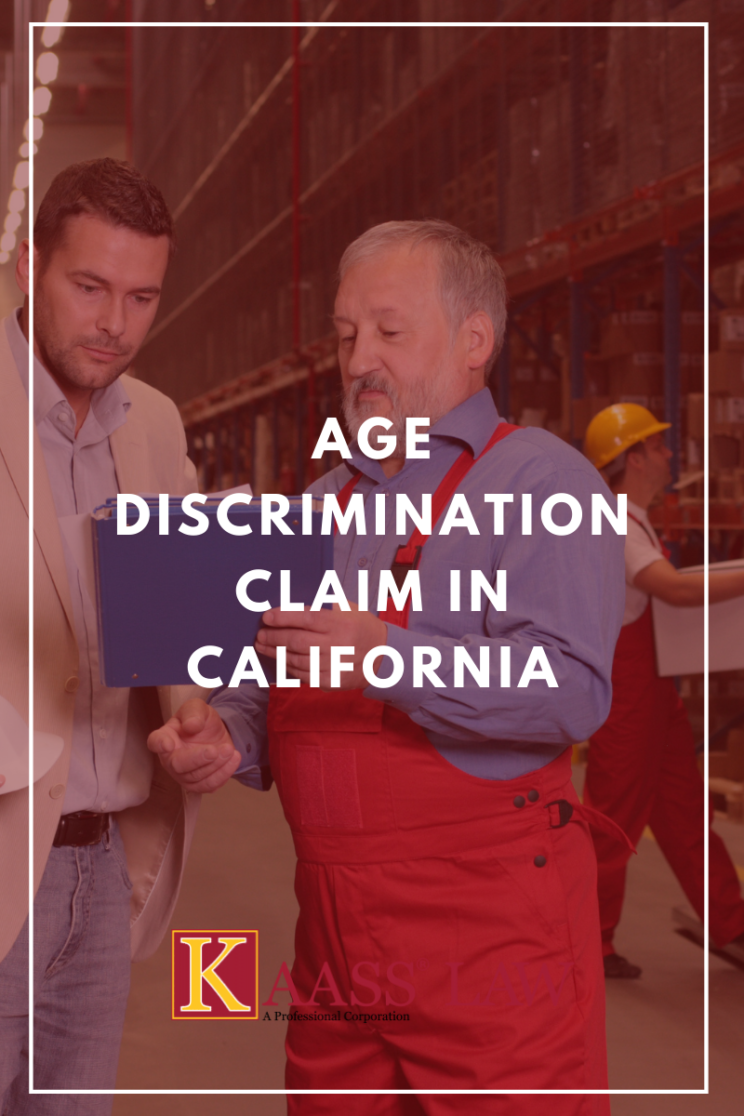Age discrimination happens when the job applicant or an employee receives less favorable treatment because of his age. California two main sets of law: the federal Age Discrimination in Employment Act (ADEA) and the Fair Employment and Housing Act (FEHA) protect the employees against age discrimination.
Examples of Age-Based Discrimination
It is against public policy to discriminate against employees over the age of 40 based on their age. This includes treating employees differently due to age, with respect to the employees:
- compensation
- work conditions
- job assignments
- terms of employment
Some common examples of age-based discrimination include:
- Refusing to hire older employees, despite being equal or more qualified than others
- Refusing to promote the employee because of his age
- Firing the employee, after he reaches a certain age
- Age-related harassment at the workplace
Mandatory Retirement
California’s Fair Employment and Housing Act prohibit retirement plans with a mandatory age of retirement, but there are some exceptions, which allow for mandatory retirement.
- Bona Fide Executives and High Policymakers. Private employers are allowed to impose mandatory retirement for bona fide executives or high policymaking employees. But, these employees must be at least 65 years old and be entitled to yearly retirement benefits of at least $27,000
- Physicians at the age of 70 or older, working in a professional medical corporation that provides for compulsory retirement.
- Tenured faculty members
Filling an Age Discrimination Claim
If an employee wishes to file suit against his employer he must first file a written complaint with a DFEH. If the employee seeks to bring a claim under federal law, he can file the complaint with either the DFEH or the U.S. Equal Employment Opportunity Commission (EEOC).
In case, after filing a complaint with the appropriate administrative agency, the claim is not resolved, the employee is issued a right-to-sue notice. After that, the employee may pursue his case by bringing a lawsuit in court.
Elements the Plaintiff Must Prove in Employment Age Discrimination Cases
According to CACI 2570, in case the plaintiff claims that the defendant wrongfully discriminated against him because of his age, he must prove the following elements to establish this claim:
- The defendant was an employer or other covered entity;
- Plaintiff was an employee of the defendant or applied to the defendant for a job;
- Defendant discharged or refused to hire the plaintiff, subjected the plaintiff to an adverse employment action or the plaintiff was constructively discharged;
- the plaintiff was at the age of 40 or older at the time of the discharge;
- plaintiff’s age was a substantial motivating reason for the defendant’s decision to discharge or refuse to hire him;
- the plaintiff was harmed; and
- Defendant’s conduct was a substantial factor in causing harm to the plaintiff
Statute of Limitations for an Age Discrimination Claim in California
- The employee must file a complaint with the DFEH no later than one year starting from the date of the discriminatory act.
- An employee has one year to file a lawsuit in civil court after being issued a right-to-sue letter.
- An employee 300 days after the discriminatory act to bring a claim under federal law.
- In case EEOC or DFEH issues a right-to-sue letter, the employee has 90 days to bring a lawsuit against the employer in court based on federal claims.
Age Discrimination Attorney
If you believe you have suffered age discrimination by your employer, we invite you to contact our employment lawyer at KAASS Law to ensure that your rights are protected. We can provide you with a free consultation and case review. Get in touch now by calling us at 310-943-1171 or by using the form below.

